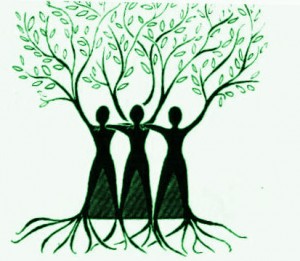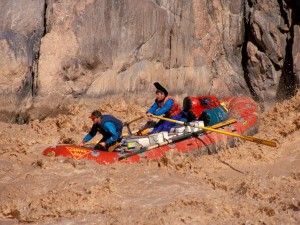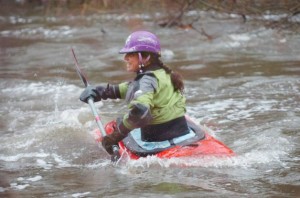Women’s Leadership Circle Fall 2016
25.8.2016 | 20:28
Introducing a New Cohort! Due to popular demand. I am offering this workshop again in October!
This workshop is spot on! I loved the array of resources, the goal setting work we did and the shared learning. I was amazed how much I learned from the others in the group. (Victoria, business owner)
The Women’s Leadership Circle is a new and collaborative approach to leadership. This 7-week program is designed to strengthen your leadership skills, develop your network of like-minded professionals and deepen your appreciation of your innate leadership qualities.
Leadership is both an internal and an external journey. There are “hard skills” that are required for the job. But to really excel, leaders must also tap into their inner wisdom to realize their full potential. With the support of a cohort of other leaders, you will explore both sides of this experience. You will learn latest best practices in leadership development as well as develop “soft skills” that increase your effectiveness as a communicator, manager and visionary.
Through a combination of presentations, large and small group discussion as well as peer coaching, the group format will increase your understanding of leadership, support you to push beyond your default modes and expand your current leadership capacity.
Key Topics include:
- Creating a vision for your leadership.
- Exploring the systems of your organization and areas of greatest leverage.
- Improving employee engagement.
- Deepening your listening for impact.
- Practicing giving and receiving feedback.
- Working with difficult people.
WHAT PAST PARTICIPANTS HAD TO SAY:
“Pam created a space for strong women leaders to come together across disciplines and experience to support and nurture one another. It was a wonderful experience that helped me become aware of myself as a leader and influenced how I practice becoming more authentic.” (Julie, architect)
COST: $500 (I have 2 slots for reduced fee applicants)
DATES: Mondays 5-7 Begins October 3, 2016. Ends November 14, 2016
EVENT BRITE URL:
https://www.eventbrite.com/e/womens-leadership-circle-fall-2016-cohort-tickets-26832715374
INSTRUCTOR: Pamela Rich is the Director and Founder of Rich Solutions, an organization development firm that promotes strategic thinking, equitable systems, and sustainable change. She brings warmth, humor and curiosity to her work, recognizing the virtuous cycle of learning that she and her clients bring each other. She has worked with numerous organizations to create strategic plans, improve organizational processes and support leaders. Clients include Planned Parenthood, Oakland Unified School District, University of California (Santa Barbara) and Pivot Learning Partners.
More information: contact pam@richsolutions.org / 510-326-3114








